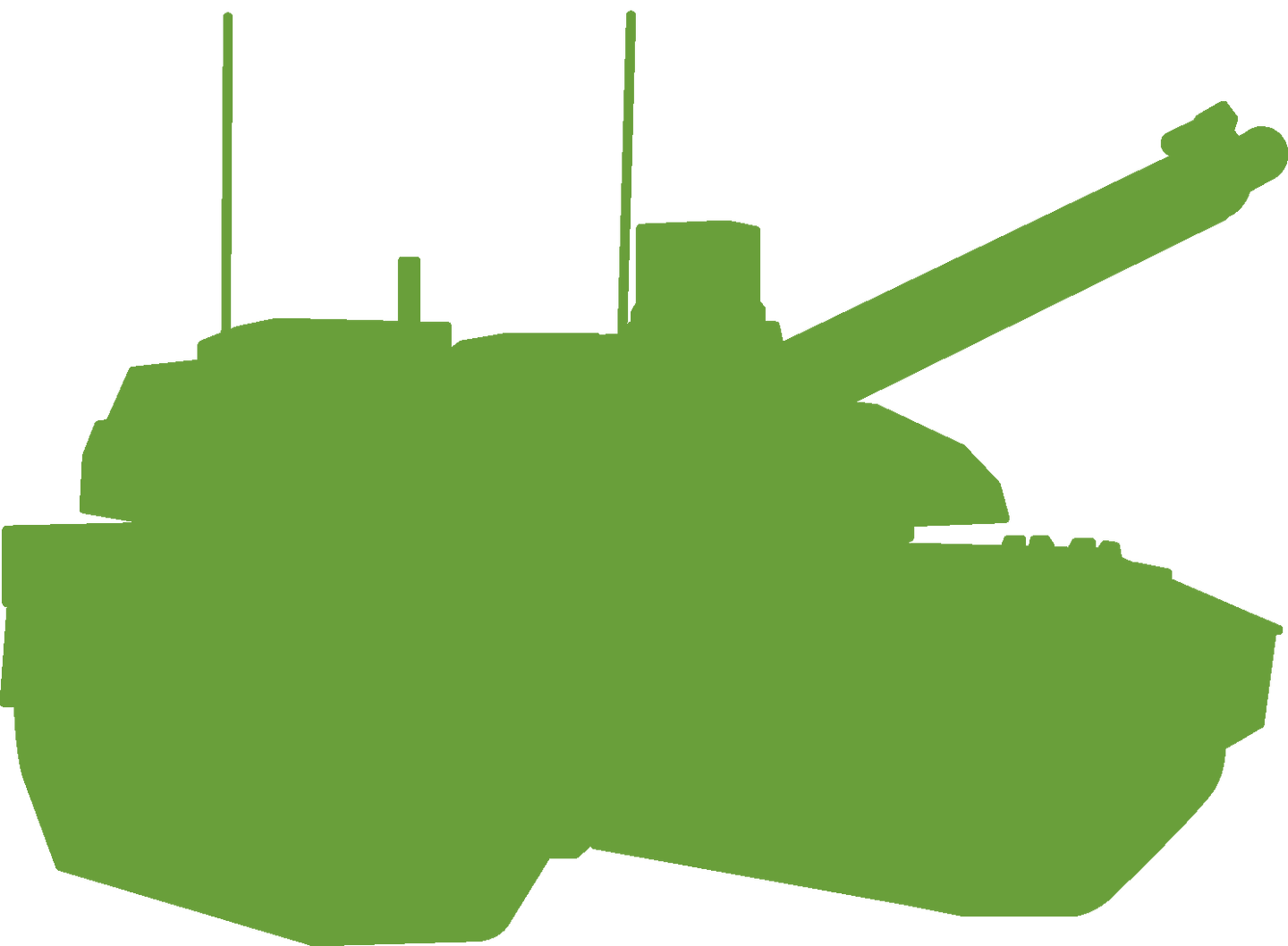LAND
Scorpion: France’s collaborative combat platform in action
France has ambitious plans for a connected combat architecture linking manned ground vehicles, UGVs and UAS to increase situational awareness and reshape engagements. Harry Lye got a glimpse of how it will work at International Armoured Vehicles 2020.

// France's new and upgraded armoured vehicles. Image: Nexter
The shape of the French armed forces is changing dramatically, with thousands of new and upgraded vehicles set to enter service for before the close of the next decade. Informed by operations in Mali and elsewhere a key new capability in the French Army’s arsenal will be a platform known as Scorpion.
Scorpion is the digital backbone connecting a fleet of vehicles to create what the French Ministry of Defence called a platform for ‘collaborative combat’. It is designed to automatically distribute alerts, targeting information and a host of other data between vehicles, robots and UAVS, with the aim of optimising fire support and safety.
Scorpion in motion: an engagement scenario
At the International Armoured Vehicles 2020 event in January, the French Army showcased how a Scorpion-enabled vehicle formation would operate, detailing how it will connect a number of different platforms.

Imagine an armoured formation moving through contested territory on a reconnaissance mission. The formation is made up of a mix of vehicles including armoured personnel carriers, main battle tanks and lightly armoured systems. Supporting the formation in the air is a helicopter, providing reconnaissance information for the vehicles.
The helicopter’s sensors detect a number of enemy vehicles awaiting in a treeline ahead, waiting to ambush the reconnaissance formation. Networked by Scorpion, the helicopter provides an early warning and details of the enemy vehicles’ location to the formation.
The group commander orders a Griffon vehicle to go ahead and confirm the presence of the enemy lying in wait. The order is sent by the system that links the vehicles and helicopter.
As the Griffon approaches, one of the enemy vehicles targets the Griffon; this is automatically detected by the vehicle’s laser targeting sensor, giving the crew an immediate warning that they are about to come under enemy fire. The targeting of the Griffon is also transmitted to the rest of the formation and the helicopter, confirming the enemy presence.
In addition to detecting threats and alerting the connected vehicles, the Scorpion also suggest the best course of action to the crew. In this instance, Scorpion alerts the gunner to the threat and suggests deploying a smoke screen and moving the vehicle back. With the press of a button both countermeasures are underway.

An enemy tank opens fire but the Griffon has already moved out of immediate danger, protecting the crew and allowing the networked vehicles’ other sensors to get in full swing.
An enemy tank opens fire but the Griffon has already moved out of immediate danger, protecting the crew and allowing the networked vehicles’ other sensors to get in full swing. Using acoustic sensors the Griffon can detect which direction the tank fired from; this data is shared with the other vehicles that also carry acoustic sensors allowing the system to automatically assess and triangulate the position of the enemy tank. This allows every vehicle in the formation to know the exact location of the threat.
The formation includes a Jaguar reconnaissance and combat vehicle its 40mm cannon, which according to Scorpion’s assessment is the best suited vehicle in the group to neutralise the threat. The Jaguar can now advance on the tank, having the exact location of the enemy vehicle, and neutralise it, allowing the formation to continue its mission.